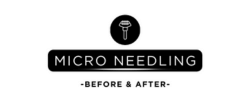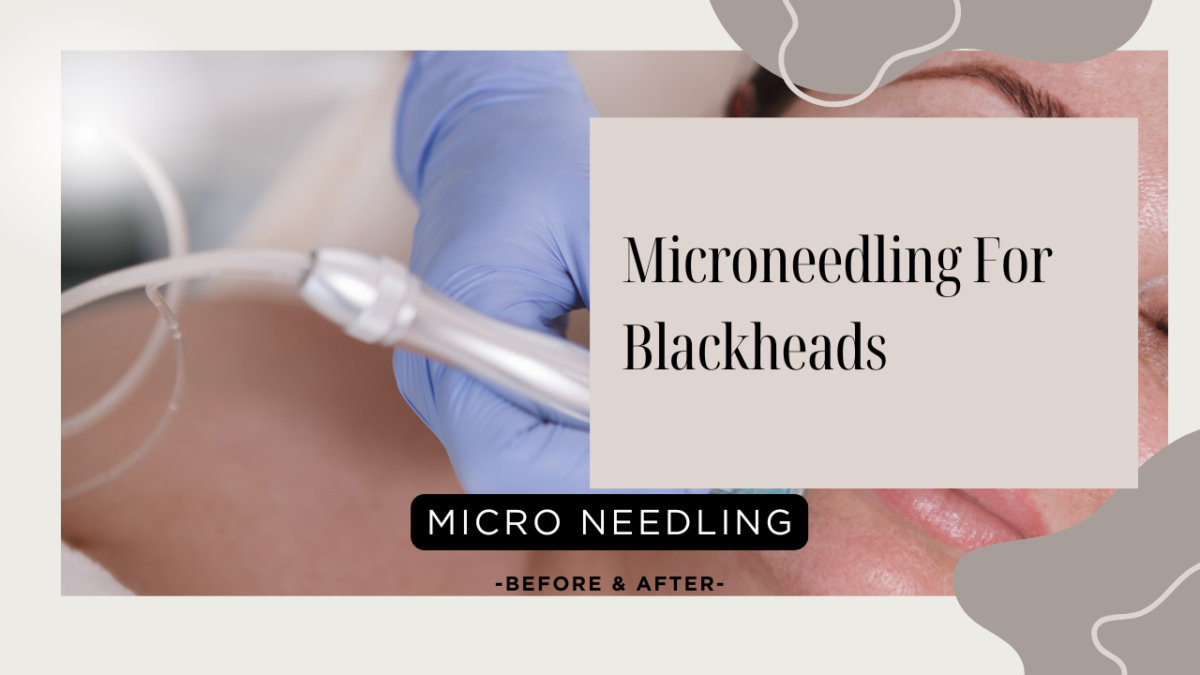Can Microneedling Help With Blackheads?
As a professional in the skincare industry, I understand the frustration that comes with dealing with blackheads. These pesky clogged pores can be stubborn to treat and often require a targeted approach. One innovative treatment that has been gaining popularity in recent years is microneedling. But can microneedling really help with blackheads? In this article, I will delve into the science behind microneedling and how it can potentially benefit those struggling with blackheads.
Understanding Blackheads
Before we can discuss how microneedling may help with blackheads, it’s important to understand what blackheads are and how they form. Blackheads, also known as open comedones, are small bumps that appear on the skin due to clogged hair follicles. When excess oil, dead skin cells, and other debris accumulate in the pore, they can become oxidized by air exposure, turning the bump dark in color.
What Causes Blackheads?
Blackheads are primarily caused by a combination of factors, including:
- Excess oil production
- Accumulated dead skin cells
- Bacterial overgrowth
- Hormonal changes
- Tight clothing or headgear
- Dietary factors
Common Areas for Blackheads
Blackheads can occur on various parts of the body, but they are most commonly found on the:
- Face (especially the nose, forehead, and chin)
- Back
- Chest
- Shoulders
What Is Microneedling?
Microneedling, also known as collagen induction therapy, is a minimally invasive cosmetic procedure that involves creating tiny, controlled punctures in the skin using fine needles. These micro-injuries trigger the skin’s natural healing response, stimulating collagen and elastin production. This process helps improve the skin’s texture, tone, and overall appearance.
How Does Microneedling Work?
During a microneedling session, a skincare professional will use a handheld device with sterile needles to create microscopic punctures in the skin’s surface. These controlled injuries stimulate the production of collagen and elastin, two proteins that are essential for healthy, youthful-looking skin. As the skin heals from these micro-injuries, it becomes smoother, firmer, and more radiant.
Benefits of Microneedling
Some of the key benefits of microneedling include:
- Reduction of fine lines and wrinkles
- Improvement of skin texture and tone
- Reduction of pore size
- Increased skin firmness and elasticity
- Enhancement of overall skin quality
Microneedling for Blackheads: How Does It Help?
Now that we have a better understanding of both blackheads and microneedling, let’s explore how microneedling can potentially help with blackheads.
Exfoliation and Clearing Out Pores
One of the primary ways in which microneedling can benefit individuals with blackheads is through exfoliation and clearing out clogged pores. The controlled micro-injuries created during a microneedling session can help break down and dislodge the debris that accumulates in the pores, including excess oil, dead skin cells, and bacteria. This exfoliating effect can help prevent new blackheads from forming and promote a clearer complexion.
Enhanced Penetration of Skincare Products
Another key benefit of microneedling for blackheads is its ability to enhance the penetration and effectiveness of skincare products. The micro-channels created in the skin during a microneedling session allow for better absorption of active ingredients in topical treatments, such as exfoliants, serums, and moisturizers. By using targeted skincare products formulated to address blackheads, individuals can further improve the appearance of their skin and prevent future breakouts.
Stimulation of Collagen Production
In addition to its exfoliating and pore-clearing benefits, microneedling also stimulates collagen production in the skin. Collagen is a key protein that provides structural support and elasticity to the skin, helping to maintain its firmness and smoothness. By increasing collagen production, microneedling can help improve the overall quality of the skin, making it less prone to developing blackheads and other blemishes.
Reduction of Scarring and Hyperpigmentation
Individuals who struggle with blackheads may also have to deal with scarring and hyperpigmentation left behind by previous breakouts. Microneedling can help reduce the appearance of acne scars, PIH (post-inflammatory hyperpigmentation), and other skin imperfections by encouraging the skin’s natural healing process. Over time, microneedling can promote the regeneration of healthier, more even-toned skin, reducing the visibility of dark spots and scars.
The Microneedling Process for Blackheads
If you are considering microneedling as a treatment for blackheads, it’s essential to understand what to expect during the process.
Consultation and Skin Assessment
Before undergoing microneedling, you will typically have a consultation with a skincare professional to assess your skin concerns, goals, and suitability for the treatment. During this consultation, the professional will examine your skin, discuss your medical history, and create a personalized treatment plan based on your needs.
Preparation and Skincare Regimen
Leading up to your microneedling session, your skincare professional may recommend specific skincare products or treatments to prepare your skin for the procedure. This may include exfoliants, serums, or moisturizers that can help improve the condition of your skin and enhance the results of microneedling.
Microneedling Session
During the microneedling session, your skincare professional will cleanse your skin, apply a numbing cream or anesthesia to ensure your comfort, and use a microneedling device to create controlled micro-injuries in the treatment area. The depth and intensity of the microneedling treatment will vary depending on your skin type, concerns, and goals.
Post-Treatment Care
After the microneedling session, your skin may appear red, swollen, or sensitive, resembling a mild sunburn. It’s essential to follow your skincare professional’s post-treatment instructions, which may include avoiding sun exposure, using gentle skincare products, and applying a soothing serum or moisturizer. Most individuals experience mild downtime after microneedling, with skin redness and sensitivity resolving within a few days.
Follow-Up Sessions
While some individuals may see immediate improvements in their skin after a single microneedling session, a series of treatments is often recommended for optimal results. Your skincare professional will advise you on the frequency and number of follow-up sessions needed to achieve your desired outcomes.
Risks and Considerations
Like any cosmetic procedure, microneedling carries certain risks and considerations that individuals should be aware of before undergoing treatment.
Skin Sensitivity and Irritation
Some individuals may experience skin sensitivity, redness, or irritation after microneedling, especially if they have sensitive skin or are prone to reactions. It’s essential to inform your skincare professional of any skin conditions, allergies, or sensitivities you may have to ensure a safe and effective treatment.
Infection and Cross-Contamination
Proper sterilization and hygiene practices are crucial during microneedling to reduce the risk of infection and cross-contamination. Make sure to seek treatment from a reputable skincare professional who follows strict protocols for cleanliness and safety.
Post-Inflammatory Hyperpigmentation (PIH)
Individuals with a higher risk of developing post-inflammatory hyperpigmentation (PIH), such as those with darker skin tones, should proceed with caution when considering microneedling. Your skincare professional will assess your skin type and condition to determine the most suitable treatment approach for your needs.
In conclusion, microneedling can be a valuable treatment option for individuals struggling with blackheads. By exfoliating the skin, clearing out pores, stimulating collagen production, and improving overall skin quality, microneedling can help reduce the appearance of blackheads and promote a clearer, healthier complexion. If you are considering microneedling for blackheads, I recommend consulting with a skincare professional to determine the most appropriate treatment plan for your specific skin concerns and goals. Remember that consistency and patience are key when it comes to achieving long-lasting results with microneedling.

